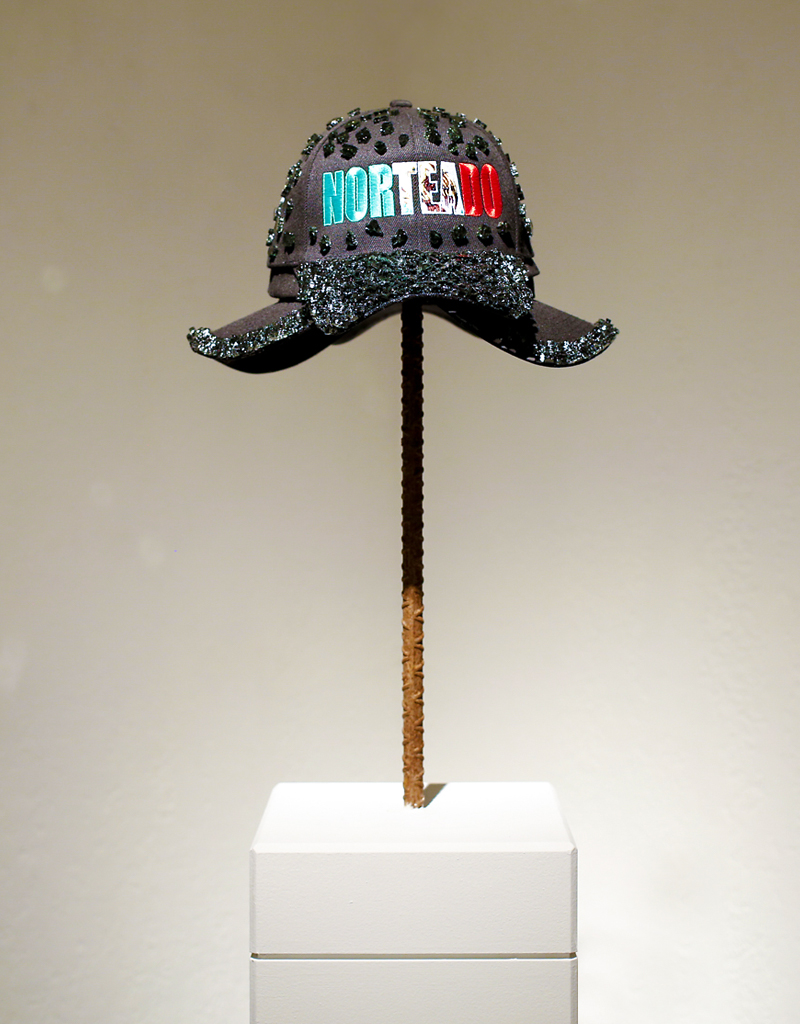Past Exhibition: March 5, 2022 – March 26, 2022
Verónica Gaona (b. 1994) was born in Brownsville, Texas, and currently lives and works in Houston, Texas. Gaona is an interdisciplinary artist working across the Texas-México border landscapes. Informed by her transnational identity and the sociopolitical climate, Gaona creates an ongoing dialogue between her own body and the land to investigate notions of architecture, migration, and death. As a first-generation Mexican American from a family of migrants who have frequently relocated to search for employment, Gaona investigates migrants’ decision to live and work in the North, their building aspirations in the homeland, and end-of-life planning. By considering the voices of displaced and exploited communities, Gaona materializes characteristics of diaspora such as transnationality and impermanence to redress traditional approaches to memorialization. Her artwork exists at the intersection of digital media, sculpture, and installation, and it brings to the foreground labor and spatial issues at play. Working from the border, Gaona uses her position, as an insider and outsider, as a tool to bring migrant spaces to life and center them within the broader debates on migration.

Gaona has exhibited at Lawndale Art Center, Blaffer Art Museum, Art League Houston, and Amarillo Museum of Art. Gaona has been in residence at Desert Unit for Speculative Territories in Marfa, Texas, and the Saint-Nazaire School of Art in Nantes, France. In 2021, she was the recipient of the prestigious Artadia Award. In 2022, Gaona participated as a panelist in Monumentality in Art: Memory, History, and Impermanence in Diaspora at the CAA Conference in Chicago. Currently, she is an Adjunct Professor at the University of Houston.

In Search of a Better Death
In Search of a Better Death, considers the migrant worker, asylum seeker, and border dweller to draw attention to the consequences of displacement brought by inadequate infrastructure and immigration policies across the U.S. – Mexico landscapes. By examining the notion of land, the exhibition focuses on family units dispersed across geographies in life where they can also reunite in death. By materializing burial rituals in the homeland and flower arrangements at gravesites, the artworks bring closure to a lifetime of uncertainty and at the same time represent the longing and attachment to the ancestral land. Through digital media, sculpture, installation, and performance, the exhibition grapples with the question, “where do migrants rest after a lifetime of movement?”
Learn more about Verónica by visiting gaonaveronica.com

